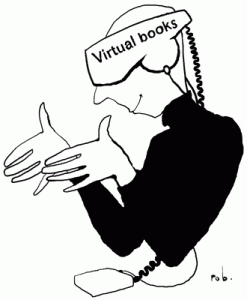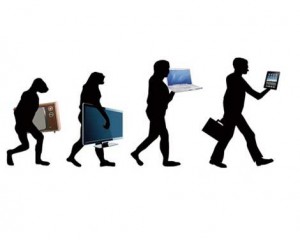Already underway in the US, in the coming months everyone’s favourite social networking app Instagram will be gradually woven with commercial advertisements.
Come on. Can there not be any form of popularised social networking site or application that doesn’t possess feeds of annoying ads? They say these Australian Instagram ads will look very similar to those currently surfacing on the US Instagram site with the ‘sponsored posts so well integrated that most users would see them as an engaging photo, rather than an ad’.
I personally have lost a lot interest in Facebook as a result of the incessant ads that take up the right hand side of my screen. I want to go on Facebook to talk to my friends and family not to view the latest sales for Myer or the news Translink card in the Gold Coast . I spend more time watching ads on TV and when listening to the radio than I do enjoying the content I turned the technology on for in the first place!
I sincerly hope the need to maintain a ‘sustainable business’ doesn’t overshadow the need for a consumers and audiences.
To read the referenced article click HERE



